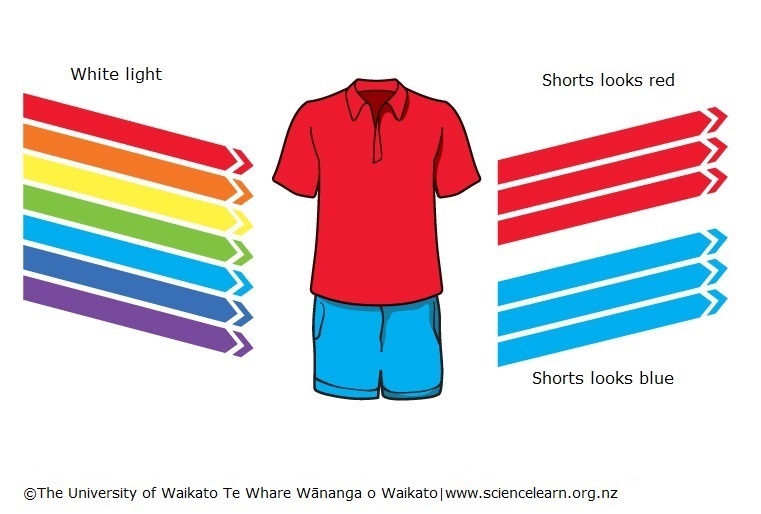What is the first step of the scientific method?
What is Problem/Question
______ is a form of energy you can see.
What is Light
Light is a form of energy that travels in
A. Temperature
B. Decibels
C. Opaque
D. Waves
What is waves
_________ is a form of energy that you can hear and travels in waves.
What is Sound
Name the types of matter sound can travel through
What is solid, liquid, and gas
______ is a guess you make based on your research and knowledge.
What is Hypothesis
Is this reflection, refraction, or absorption.
What is Refraction
A _____ is an area where light does not strike.
A. Mirror
B. Wave
C. Shadow
What is a Shadow
What are all sounds caused by?
What is Vibrations
Your vocal cords
What is the part of the experiment you change on purpose?
A. Dependent Variable
B. Independent Variable
C. Control Variable
What is Independent Variable
Is this reflection, refraction, or absorption?

What is reflection
A ______ object allows some light to pass through it.
A. Transparent
B. Transluscent
C. Opaque
What is Translucent
Sound cannot travel through _____
A. Gas
B. Liquids
C. Solids
D. Empty Space
What is Empty Space
Do sound waves travel faster in warmer water or colder water?
Warm water
Define what a control variable is.
What is The part of an experiment that is kept unchanged.
Is this an example of reflection, refraction, or absorption.
A _____ object allows no light to pass through it.
A. Transparent
B. Transluscent
C. Opaque
What is Opaque
Sound waves move fastest through what type of matter?
What is Solids
Does the top image or bottom image have a higher frequency? Explain your answer
The bottom wave
List the steps of the scientific method in order.
What is Question, Research, Hypothesize, Experiment, Collect Data, Conclusion
A ______ object allows light to pass through it.
A. Transparent
B. Transluscent
C. Opaque
What is Transparent
If the shirt looks red, what color is being reflected back to us?

What is red
______ is how loud or soft a sound is.
A. Wavelength
B. Volume
C. Pitch
What is Volume
________ is how high or low a sound is
A. Pitch
B. Wavelength
C. Frequency
What is pitch